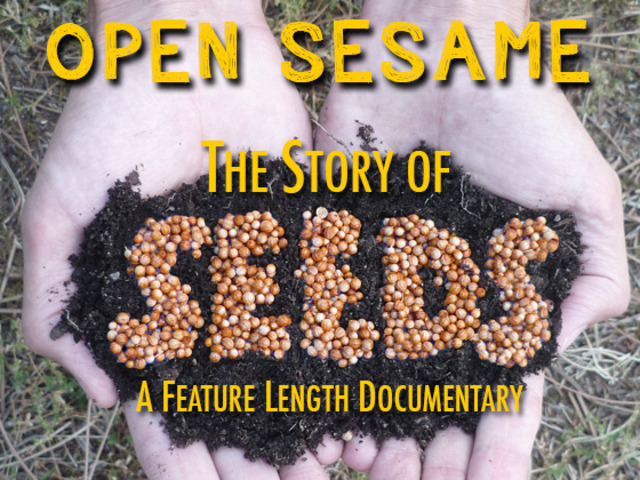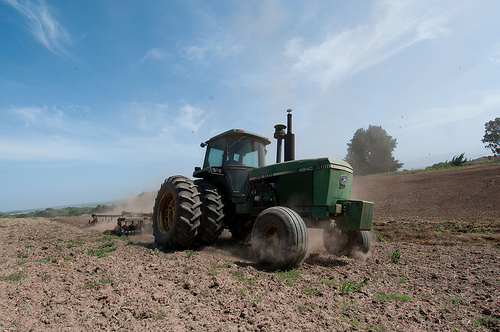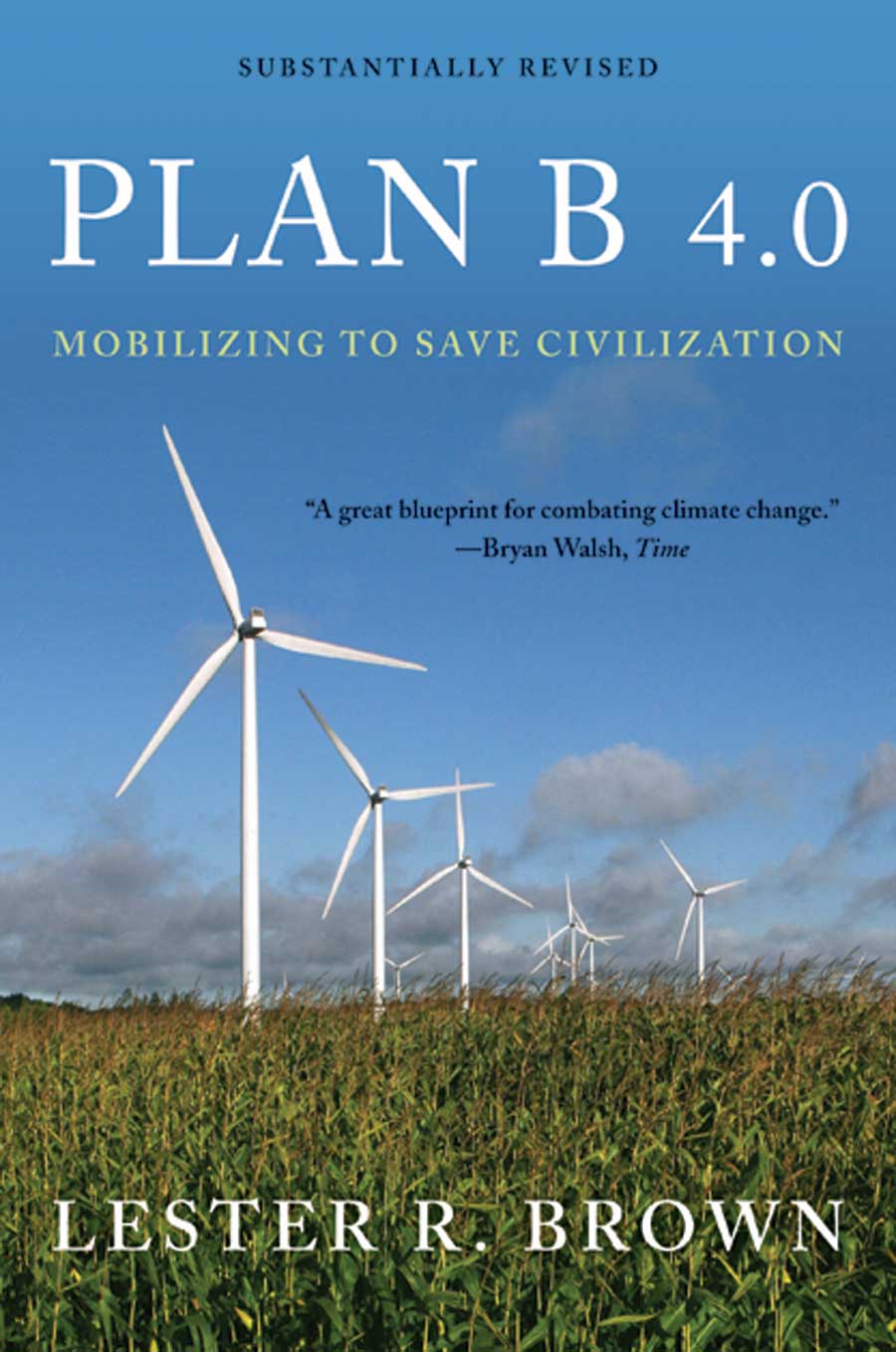
Film Review: Open Sesame: The Story of Seeds
By Norris Thomlinson / Deep Green Resistance Hawai’i Open Sesame examines the importance of seeds to humans as the genesis of nearly all our domesticated foods. It details the tremendous loss in varietal diversity of our crops over the last century, due in large part to increasing corporate control over the seed market. Farmers and gardeners in every region once had access to dozens of varieties of each vegetable and staple crop, finely adapted to the specific growing season, temperatures, rainfall patterns, insects, diseases, and soils of their area. With few people now saving their own seed, we’ve entrusted our food supply to a handful of seed companies selling the same handful of varieties to growers across the US. This will prove increasingly problematic as climate chaos increases divergence from climatic norms. We need a return to seed saving and breeding of numerous local varieties, each starting from a baseline adaptation to the specific conditions of each area. Diversity gives a better chance of avoiding complete catastrophic crop failure; this variety may yield in the heavy rains of one year, while that variety may succeed in the drought of the next. ...


